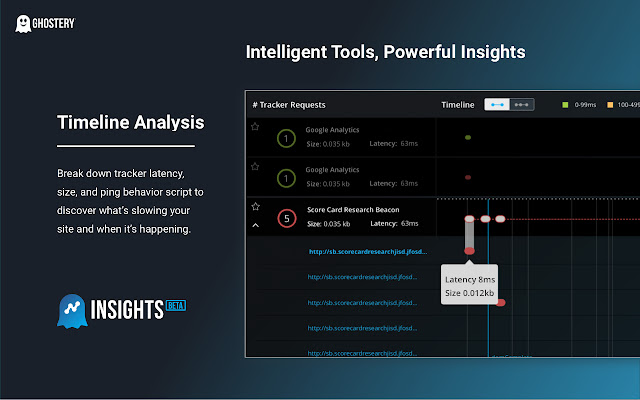
Bollinger Bands Scalping Strategy: Riding the Waves of Market Volatility
“Catch the micro-waves, before the big storm hits.” In the fast-paced world of trading, especially in prop trading floors where milliseconds can mean the difference between profit and loss, scalping has become the weapon of choice for many traders who thrive on speed and precision. Among the countless tools in a trader’s arsenal, Bollinger Bands stand out as one of the most versatile — not just for spotting trends, but for capitalizing on those tiny bursts of volatility that occur all day, every day.
What is Bollinger Bands Scalping?
Think of Bollinger Bands as your market radar. They’re made up of a moving average wrapped in two dynamic bands that expand and contract based on volatility. In scalping, traders use these bands as entry and exit triggers during rapid trading sequences — often holding positions for minutes, sometimes even seconds.
Imagine sitting at a prop trading desk in New York, watching EUR/USD twitch in a tight range. The upper band signals a possible short, price kisses it, you hit sell, ride the drop two or three pips, close, and reset. It’s quick, it’s surgical, and when done well, it feels almost like catching waves at exactly the right moment before they break.
Why Prop Traders Love This Strategy
In prop trading, capital efficiency is king. You’re often leveraging firm capital, so precision matters more than brute force. Bollinger Bands scalping fits right in because:
- Adaptability Across Assets: Whether it’s forex pairs like GBP/JPY, tech stocks, crypto movers like BTC/ETH, or commodities such as gold and crude oil, Bollinger Bands adjust to volatility automatically.
- Clear Visual Cues: Fast-moving markets require instant decision-making. The bands give visual compression and expansion clues — low volatility signals patience, high volatility calls for aggressive entries.
- Risk Management on the Fly: Scalpers using Bollinger Bands can set micro stop-losses aligned with band positions, reducing oversized drawdowns.
I remember a colleague scalping the NASDAQ during a choppy session. Every time price touched that upper band, he’d slice in, grab a handful of points, and be flat before most people even spotted the move. His win rate wasn’t perfect, but the risk-to-reward was razor-sharp.
Strengths in Multi-Asset Environments
Bollinger Bands scalping shines when juggling different markets:
- Forex: Ideal for London/New York overlap sessions — tight spreads, huge liquidity.
- Crypto: Volatility is your playground. Bollinger Bands don’t care if Bitcoin moves 5% in an hour; they’ll still map out the bands.
- Stocks & Indices: Intraday scalps during earnings season or macro events become less guesswork and more pattern recognition.
- Options & Commodities: Pair the bands with delta-neutral positioning or futures contracts for precise short-term plays.
The key advantage? You can switch charts yet maintain the same decision framework — saving mental energy for reading the market instead of reinventing your method for each asset.
The Reliability Factor
No scalping strategy works all the time, and Bollinger Bands are no exception. False signals happen. Whipsaw markets happen. To make this approach reliable, many pros overlay band signals with momentum indicators like RSI or stochastic, or confirm through time-of-day data. Trading crude oil at the US open? Expect aggressive band breaks. Scalping ETH/BTC after midnight? Chances are, it’s slow grind territory.
In the Age of DeFi and AI-Driven Trading
Markets aren’t just centralized exchanges anymore. Decentralized finance has opened up direct peer-to-peer asset trades, often without the safety nets traditional brokers provide. That changes the game for scalpers — spreads can vary wildly, and liquidity pockets might vanish in seconds.
At the same time, AI is reshaping prop trading. Imagine running a Bollinger Bands scalping strategy under an AI engine that automatically tweaks your moving average period based on volatility over the past 20 trades. That’s not science fiction; it’s already being tested inside some crypto prop firms and hedge funds.
Future Trends & Prop Trading Outlook
With smart contracts enabling automated trade execution on decentralized exchanges, scalping strategies could be embedded into self-running bots — executing across multiple assets simultaneously. Combine that with AI and machine learning prediction models, and Bollinger Bands scalping may evolve into a fully adaptive micro-trading framework.
Prop trading firms are increasingly hungry for traders who can merge classic technical tools like Bollinger Bands with modern tech stacks. The cross-market flexibility and rapid adaptability mean this strategy fits neatly into the hybrid future — both for human traders and AI-assisted systems.
Slogan for Scalpers: “Bollinger precision, micro profits, infinite potential.”
If you’ve ever felt that rush when you nail a two-second decision and walk away with solid gains, you already know why scalping with Bollinger Bands is more than just a technical trick. It’s a mindset — spot the squeeze, hit the wave, exit sharp — then reset, because the next opportunity is already forming.



